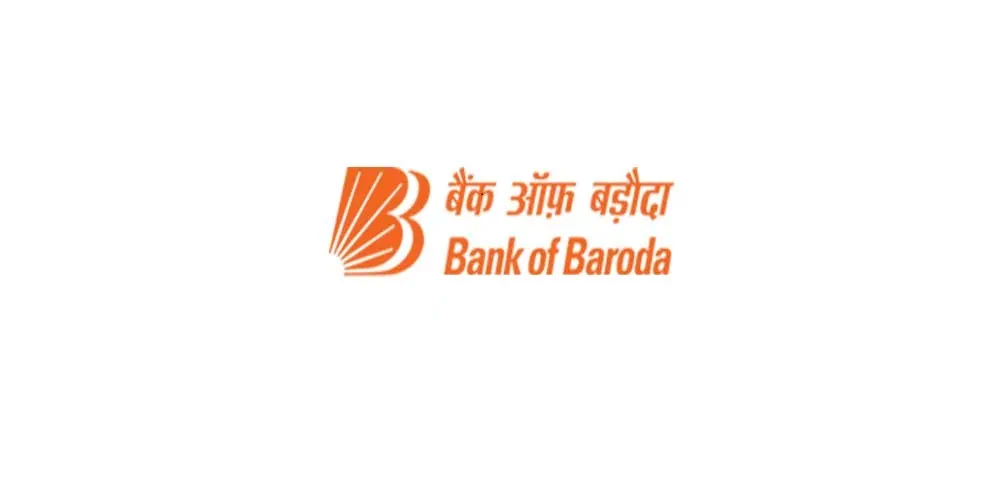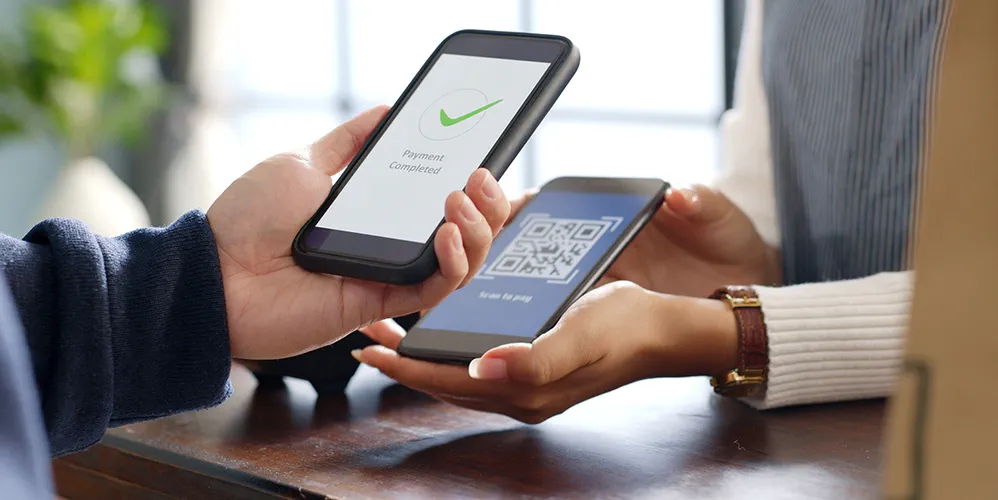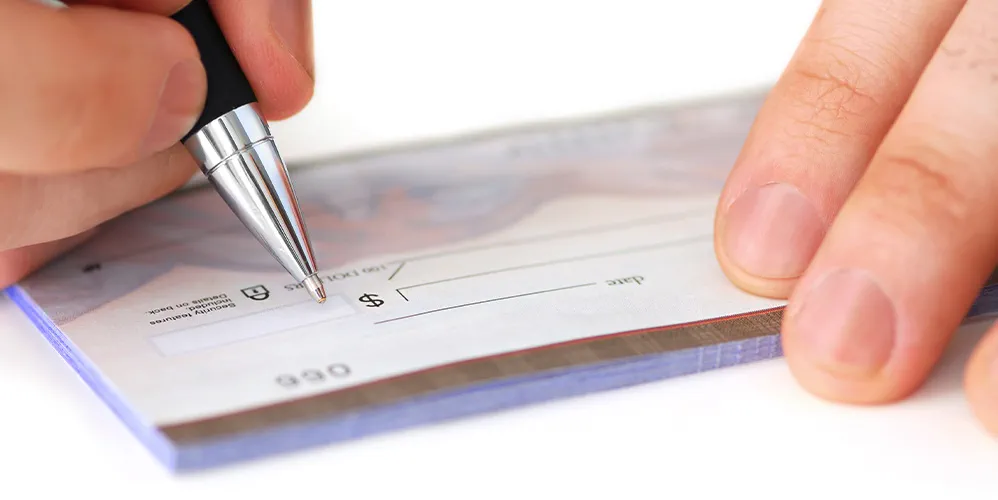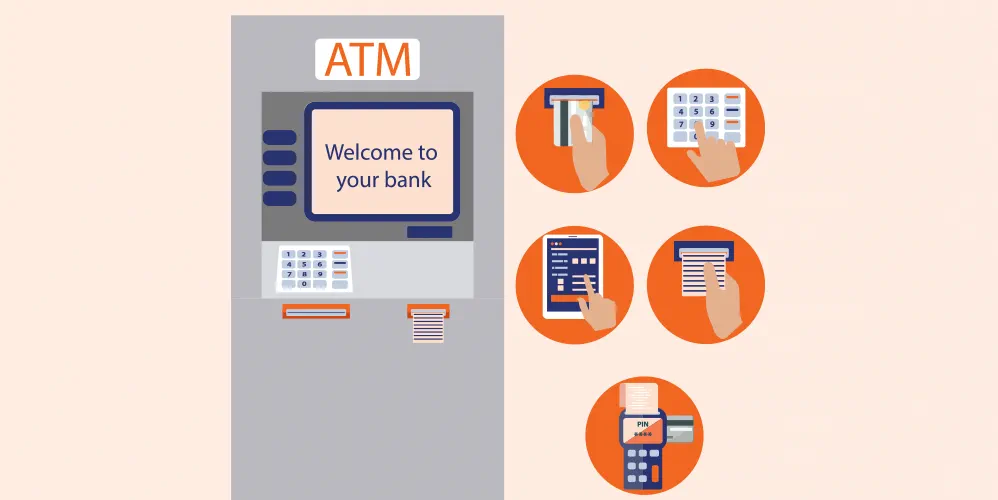
What is CVV on a Debit Card? Understanding Its Importance and Security Features
11 सितम्बर 2024

Table of Content
Introduction
Whenever you purchase something online using a Debit Card, you will find a field requesting for CVV. The full form of CVV is the Card verification value. Debit cards have CVVs, and you can find the three digit number typed on the back side of the card. Flip the card around and the CVV number can be found below the magnetic strip. The first three of four digits of the CVV are hidden by the magnetic strip and the last three are visible. People are likely to get confused between CVV and PIN, but these are two different numbers and are required for different purposes. For completing any online transaction CVV is a must as it ensures secure transactions preventing risks and frauds. So let us help you understand the function of CVV.
What is CVV in a Debit Card?
When customers have a savings account in the Bank, they can apply for Debit Cards and the Banks issue either Visa, Mastercard or RuPay cards. The three-digit CVV number appears on the backside of the card. The purpose of CVV is primarily for customer security. Without the CVV number, just the card number will be insufficient to carry out an online payment transaction. To protect the security of customers, banks have layers of protection mechanisms and CVV is the first line of protection in this direction. The magnetic strip holds greater insight into customer data and is reflected when Debit Card payments are made. Cardholders must never share their CVV numbers with anyone as it is unique and confidential. When making online transactions, CVV numbers are entered but they are kept confidential for the security of customers.
Also Read: What is the Full Form of CVV
Purpose of CVV Numbers
CVV numbers are generated by the bank based on the Bank Card Number, service Code, and Expiration date. This Unique code is shared with the customer and bank and converted to decimal code which appears in three or four digits at the back of the card. The sensitive coding on the magnetic strip is quick to spot damage or tampering and will prevent all transactions immediately. The mechanism is such that during card swipes, the number never gets transferred.
Is a Debit Card CVV the same as a Debit Card ATM PIN?
The payment of the debit card ecommerce transaction is initiated once the CVV number is typed. This secure number completes transactions safely from the savings account. PIN on the other hand is a personal identification number which is not printed on the card but used to verify that you are the owner of the card. At times people fall prey to cybercrimes like phishing, where people fraudulently may ask what is CVV on an ATM card? Banks specifically warn customers never to disclose CVV numbers unless in secure transactions from secure websites. What is CVV on a bank card? Remember it is a layer of security that the bank adds for the protection of the user and must not be revealed even to a bank representative.
Also Read: What to Do When You Forget Your ATM PIN
How CVV Enhances Security
The CVV number is unique to every card issued by banks and is specific to the cardholder. The number is a security check meant to be used during Debit Card online transactions. The number must be kept confidential and must not be shared by anyone. This security number protects customers from online payment fraud.
Where can you find CVV on your Debit Card?
The bank issues Debit Cards with saving accounts powered either by Visa, Mastercard or RuPay. The cards come with a CVV number printed on the back side of the card next to the magnetic strip. The three-digit numbers appear on the back side of your debit card. This confidential number enhances secure payments. So now you know the CVV number on a Debit Card.
Importance of Keeping CVV Secret
Whenever you use your card for online transactions, after entering the card number, the CVV number is expected to be entered. The three digits are a secret number never to be shared with anyone. This layer of safety is meant to keep users safe from cybercrimes. The number must never be shared by anyone for the safety of your savings.
Conclusion
CVVs are important and secret number that should not be shared with anyone. To protect yourself from cyber fraud, never make any monetary transactions from public Wi-Fi networks. Do not use unattended ATMs or poorly lit ATMs. PINs should be changed from time to time. Emails and phone numbers should be registered with Banks. Do not tear off or discard ATM slips anywhere to prevent misuse.
Popular Articles
Tag Clouds
Related Articles




How to Update Your FASTag KYC: Step-by-Step Guide for Online & Offline Methods




The Importance of Pension Funds: Secure Your Future with Steady Retirement Income


-
डिस्क्लेमर
इस लेख/इन्फोग्राफिक/चित्र/वीडियो की सामग्री का उद्देश्य केवल सूचना से है और जरूरी नहीं कि यह बैंक ऑफ बड़ौदा के विचारों को प्रतिबिंबित करे। सामग्री प्रकृति में सामान्य हैं और यह केवल सूचना मात्र है। यह आपकी विशेष परिस्थितियों में विशिष्ट सलाह का विकल्प नहीं होगा । बैंक ऑफ बड़ौदा और/या इसके सहयोगी और इसकी सहायक कंपनियां सटीकता के संबंध में कोई प्रतिनिधित्व नहीं करती हैं; यहां निहित या अन्यथा प्रदान की गई किसी भी जानकारी की पूर्णता या विश्वसनीयता और इसके द्वारा उसी के संबंध में किसी भी दायित्व को अस्वीकार करें। जानकारी अद्यतन, पूर्णता, संशोधन, सत्यापन और संशोधन के अधीन है और यह भौतिक रूप से बदल सकती है। इसकी सूचना किसी भी क्षेत्राधिकार में किसी भी व्यक्ति द्वारा वितरण या उपयोग के लिए अभिप्रेत नहीं है, जहां ऐसा वितरण या उपयोग कानून या विनियमन के विपरीत होगा या बैंक ऑफ बड़ौदा या उसके सहयोगियों को किसी भी लाइसेंसिंग या पंजीकरण आवश्यकताओं के अधीन करेगा । उल्लिखित सामग्री और सूचना के आधार पर किसी भी वित्तीय निर्णय लेने के लिए पाठक द्वारा किए गए किसी भी प्रत्यक्ष/अप्रत्यक्ष नुकसान या देयता के लिए बैंक ऑफ बड़ौदा जिम्मेदार नहीं होगा । कोई भी वित्तीय निर्णय लेने से पहले अपने वित्तीय सलाहकार से सलाह जरूर लें।
फास्टैग रिचार्ज करें: ईजी टॉप-अप करने के लिए स्टेप-बाइ-स्टेप गाइड
FASTag एक इलेक्ट्रॉनिक टोल संग्रहण प्रणाली है, जिसे भारत में राजमार्गों पर टोल भुगतान प्रक्रिया को सरल बनाने के लिए शुरू किया गया है। रेडियो फ्रीक्वेंसी आइडेंटिफिकेशन (RFID) तकनीक का उपयोग करते हुए, यह वाहन को टोल प्लाजा पर रोके बिना पूर्व-भुगतान किए गए या लिंक किए गए खाते से टोल शुल्क की स्वचालित कटौती की सुविधा प्रदान करता है।
What is VPA in UPI and How Does It Work?
With the advent of digital payment, life has become so much simpler. Gone are those days when cash payment was the only mode available, and people carried bulky wallets. Virtual Payment Address (VPA), a unique payment option part of the Unified Payments Interface (UPI), has largely replaced traditional payment. This simplified monetary transaction is proving to be an enhanced asset driven with security, and the acceptance of UPI payments across the country and businesses is almost a norm these days.

